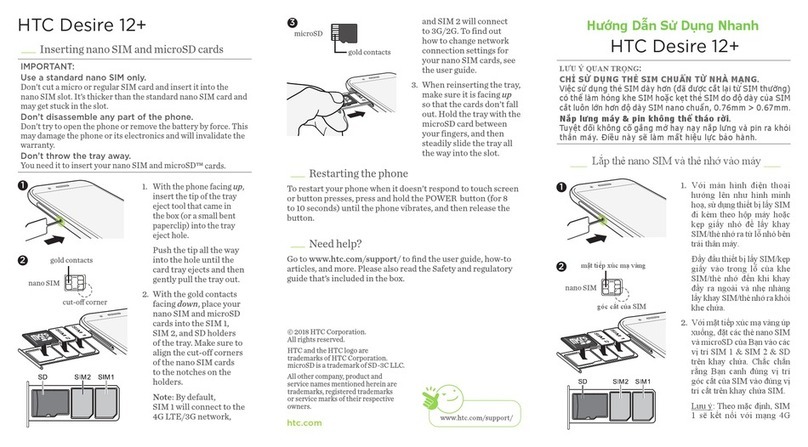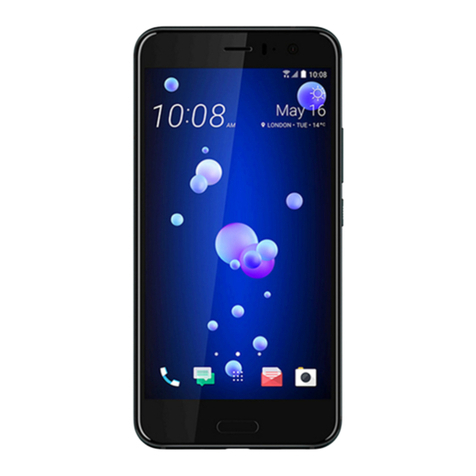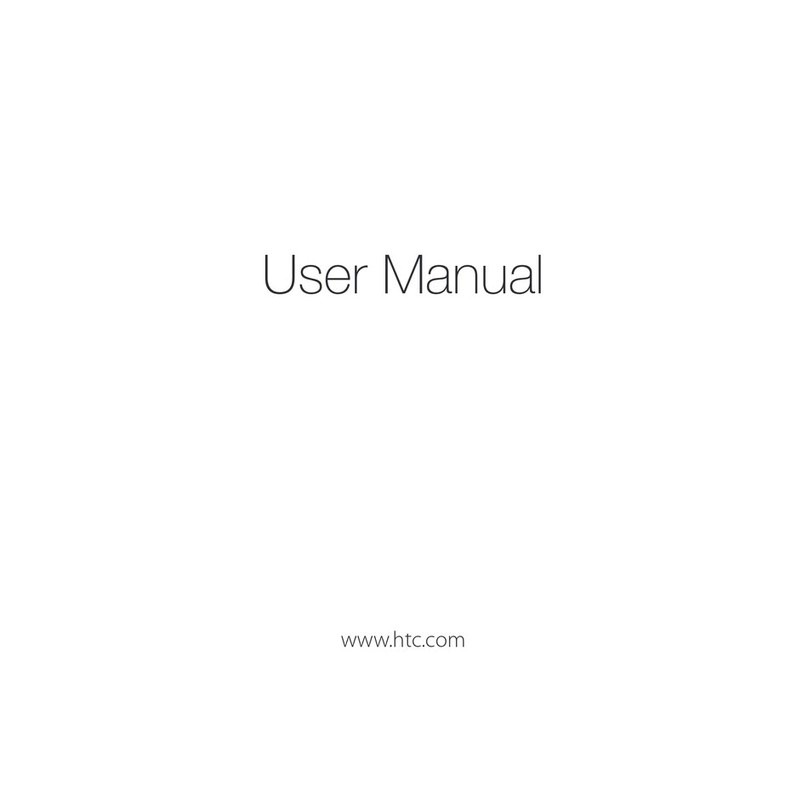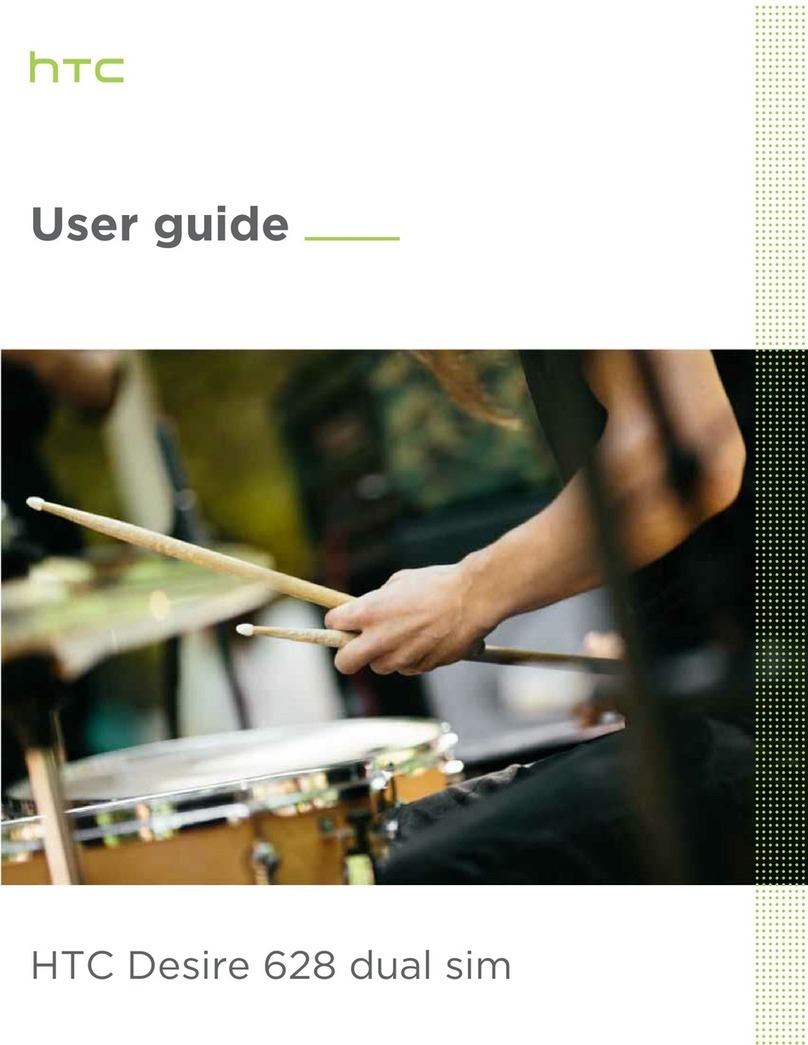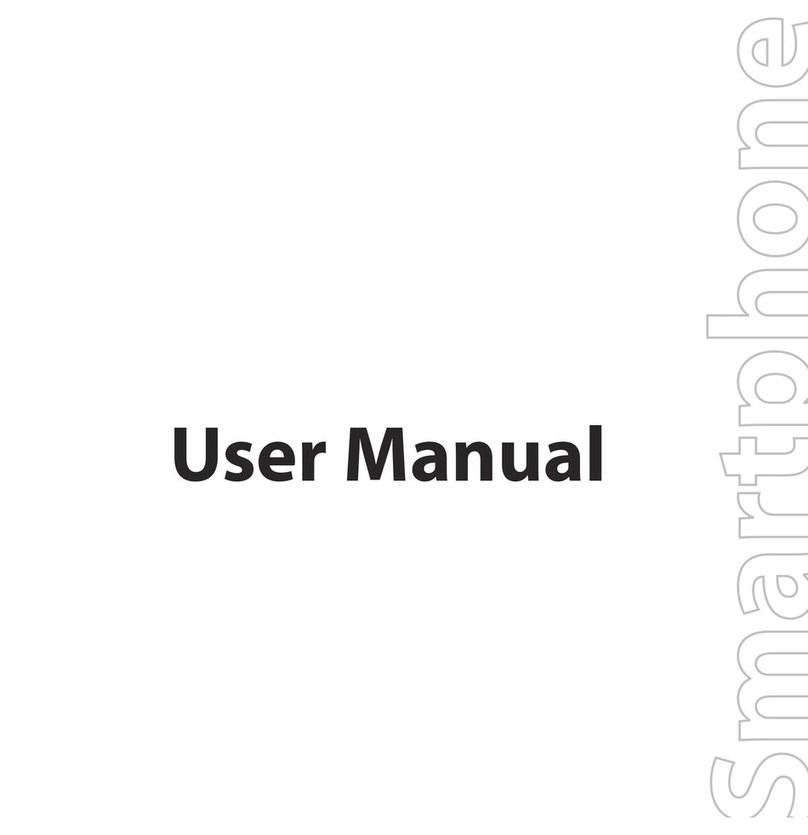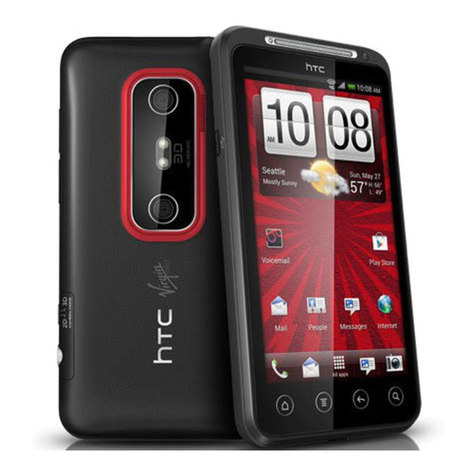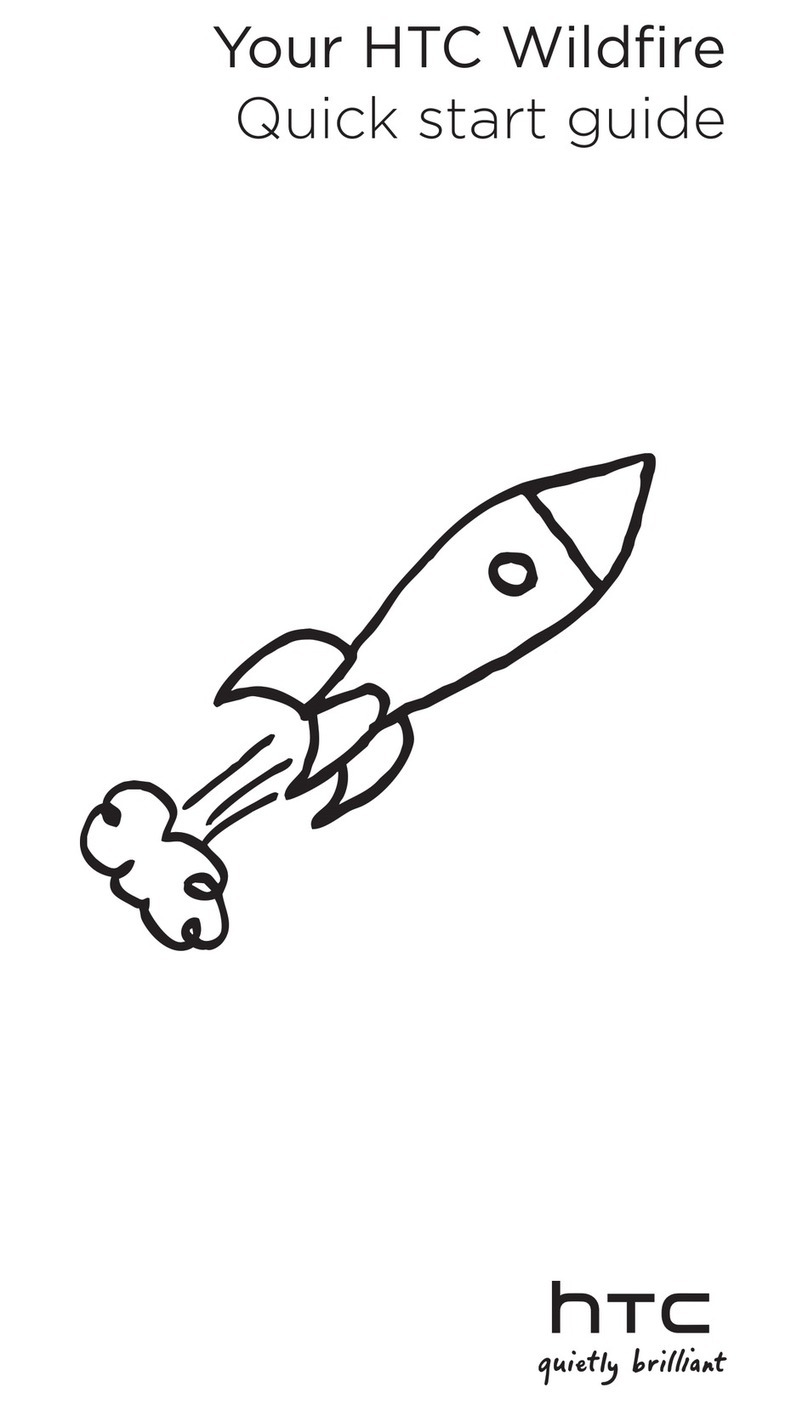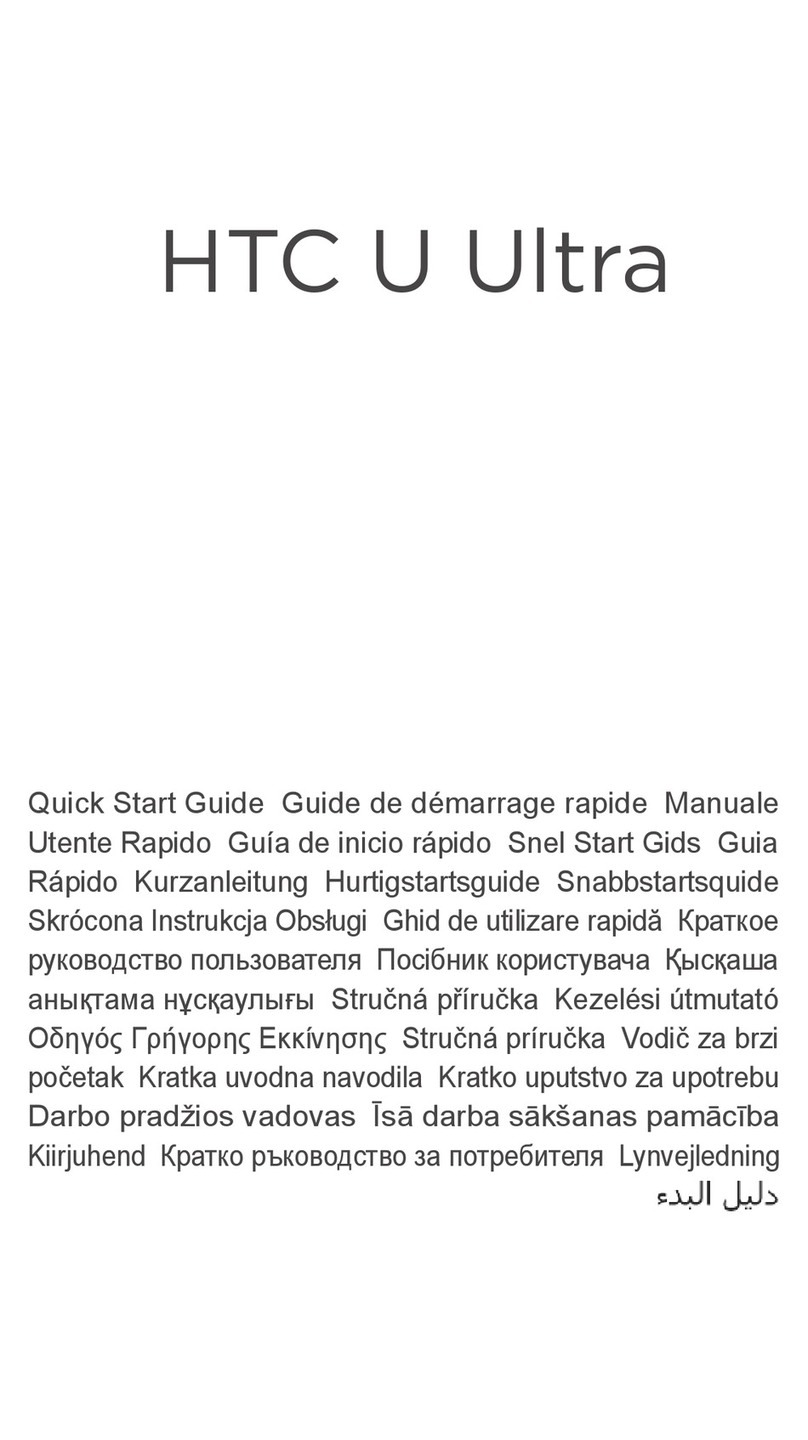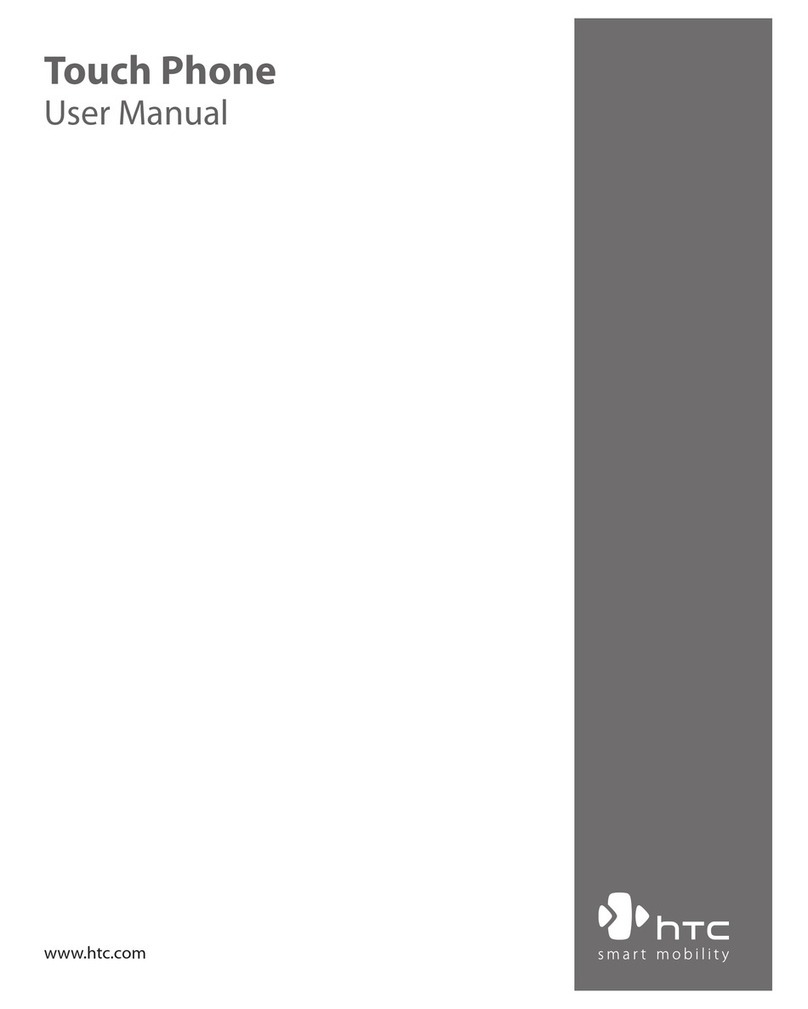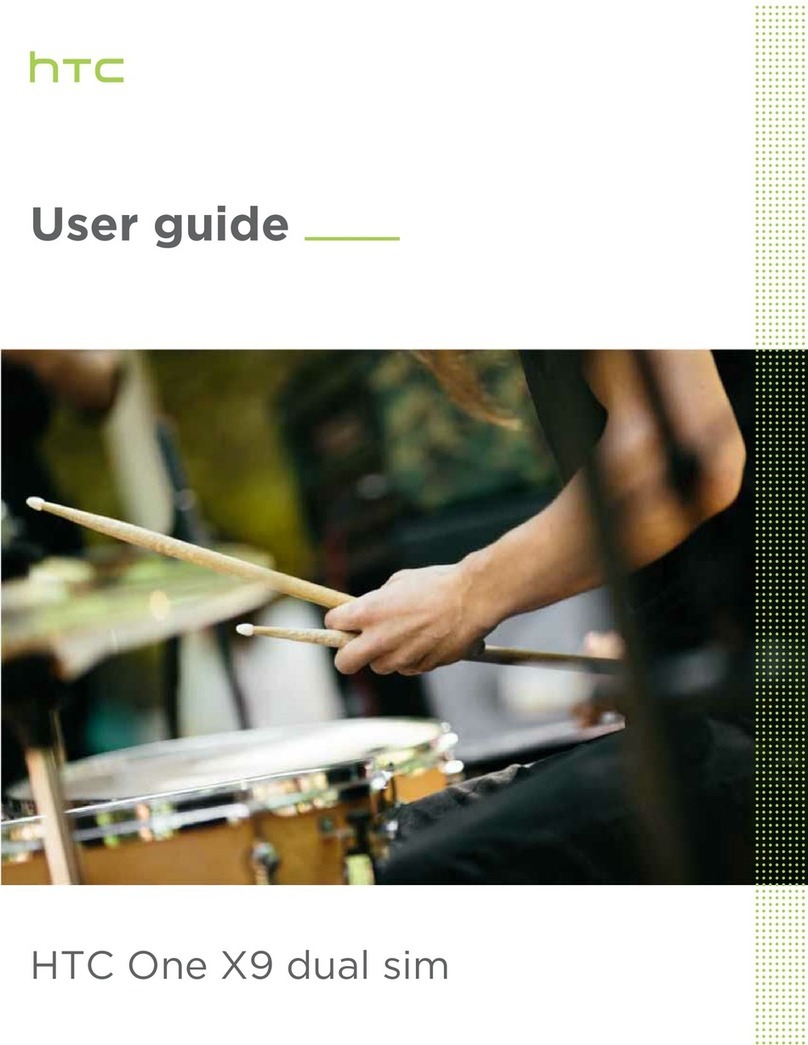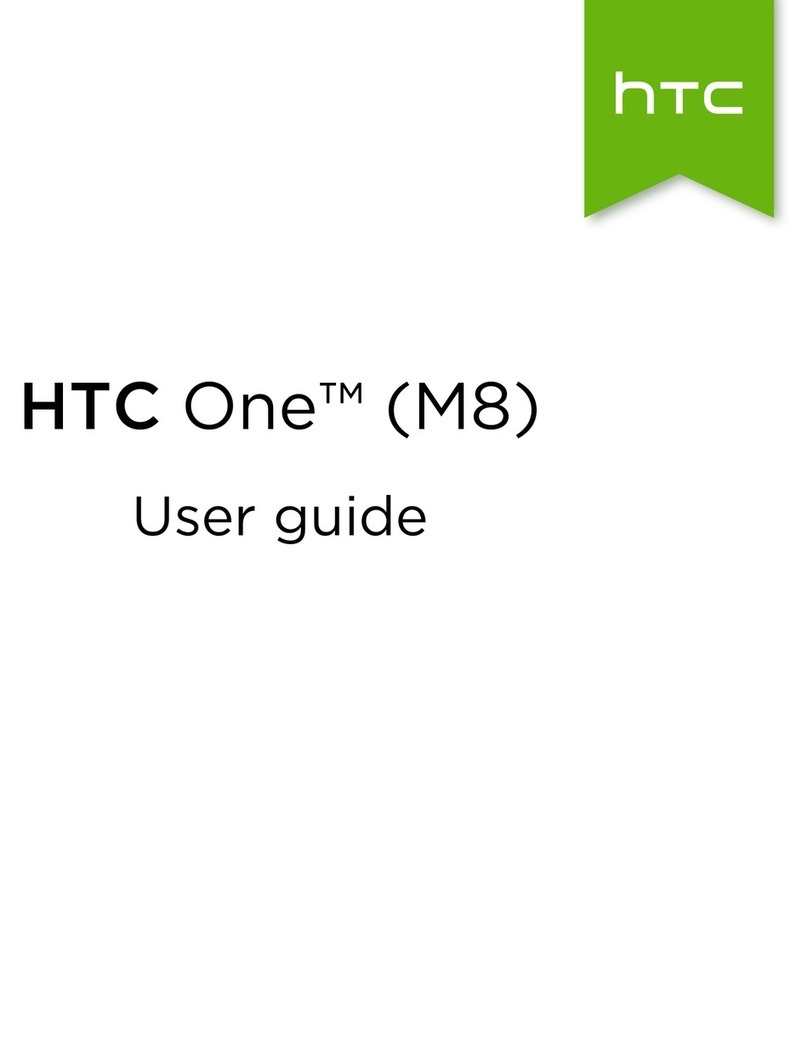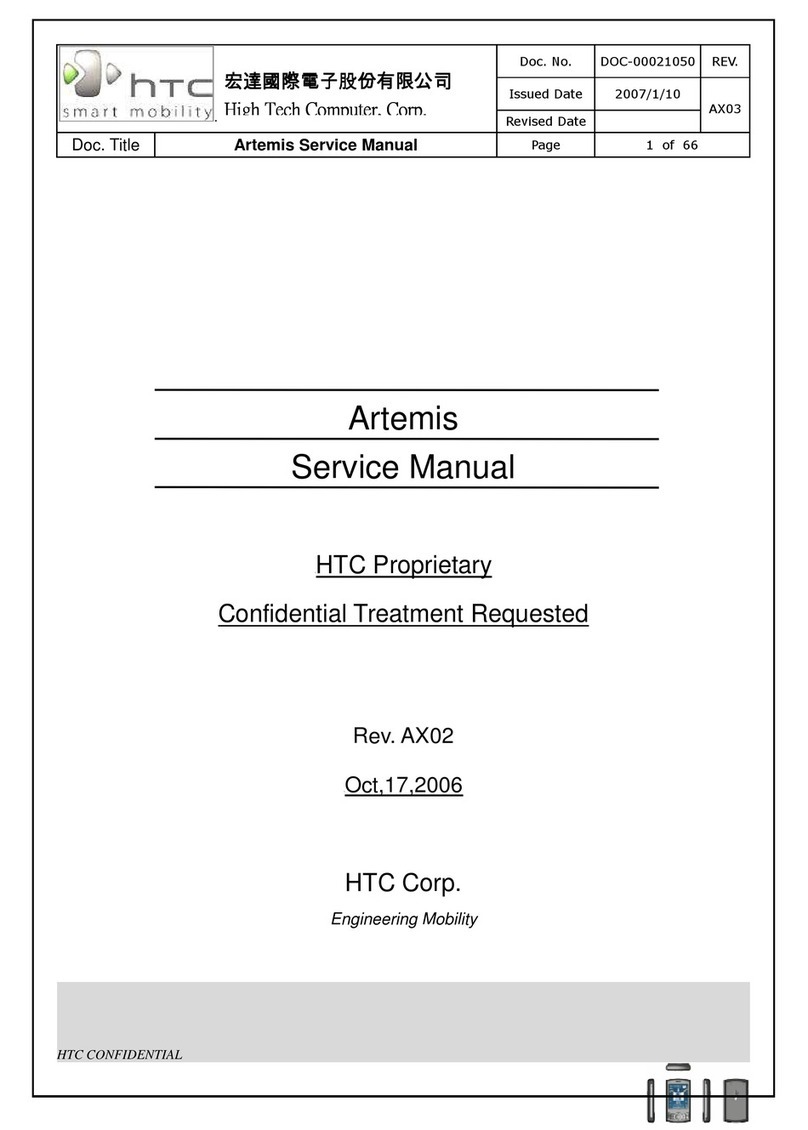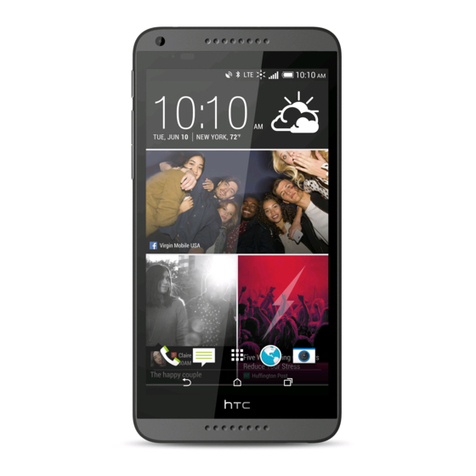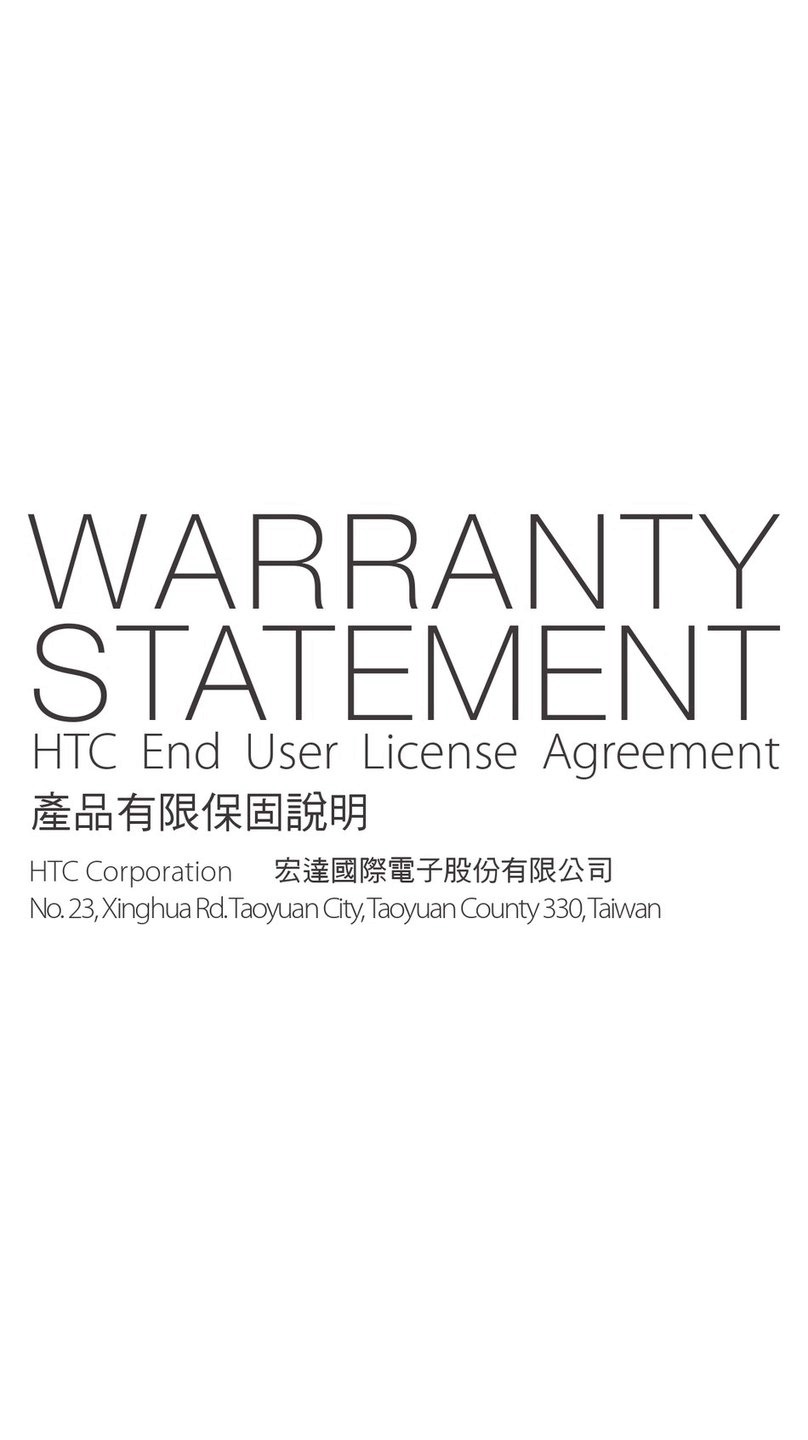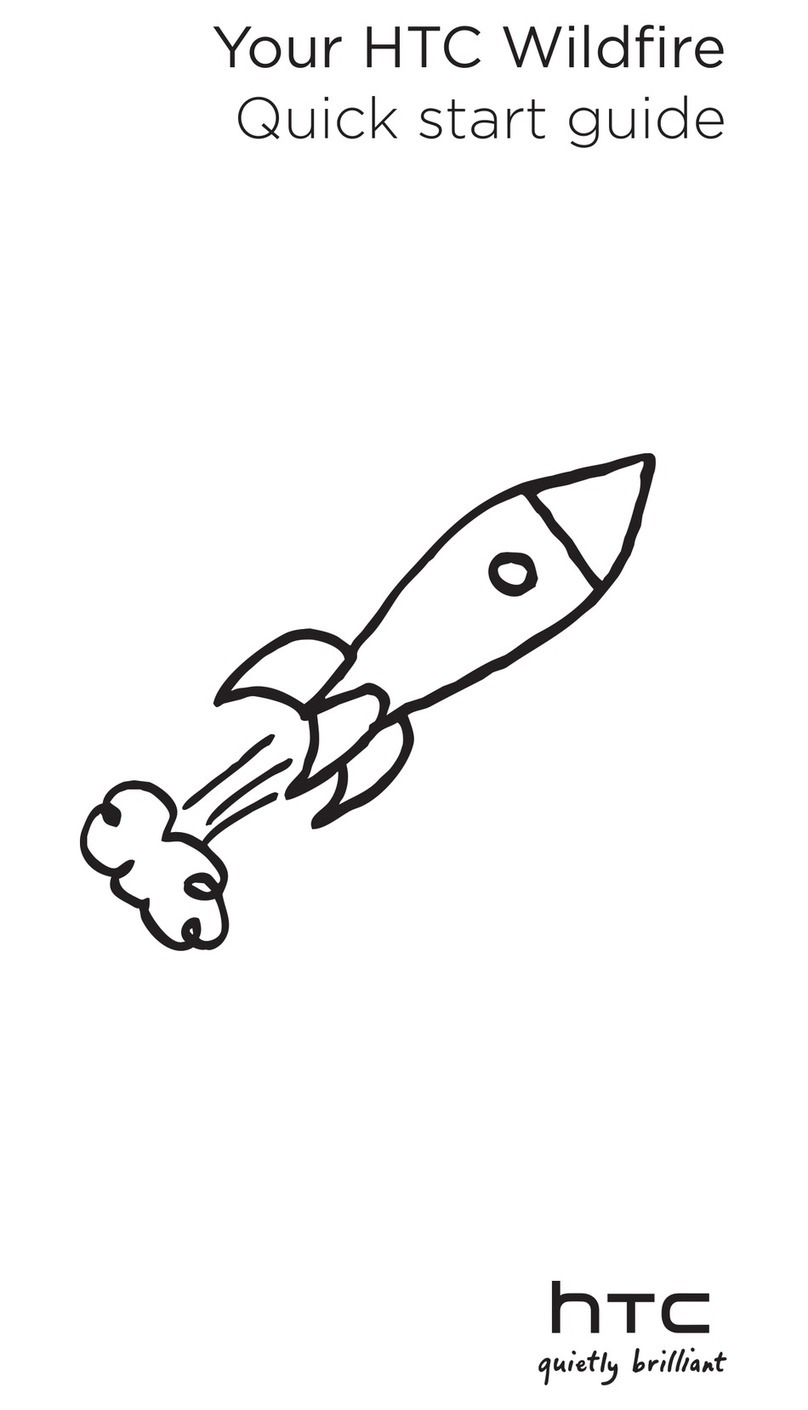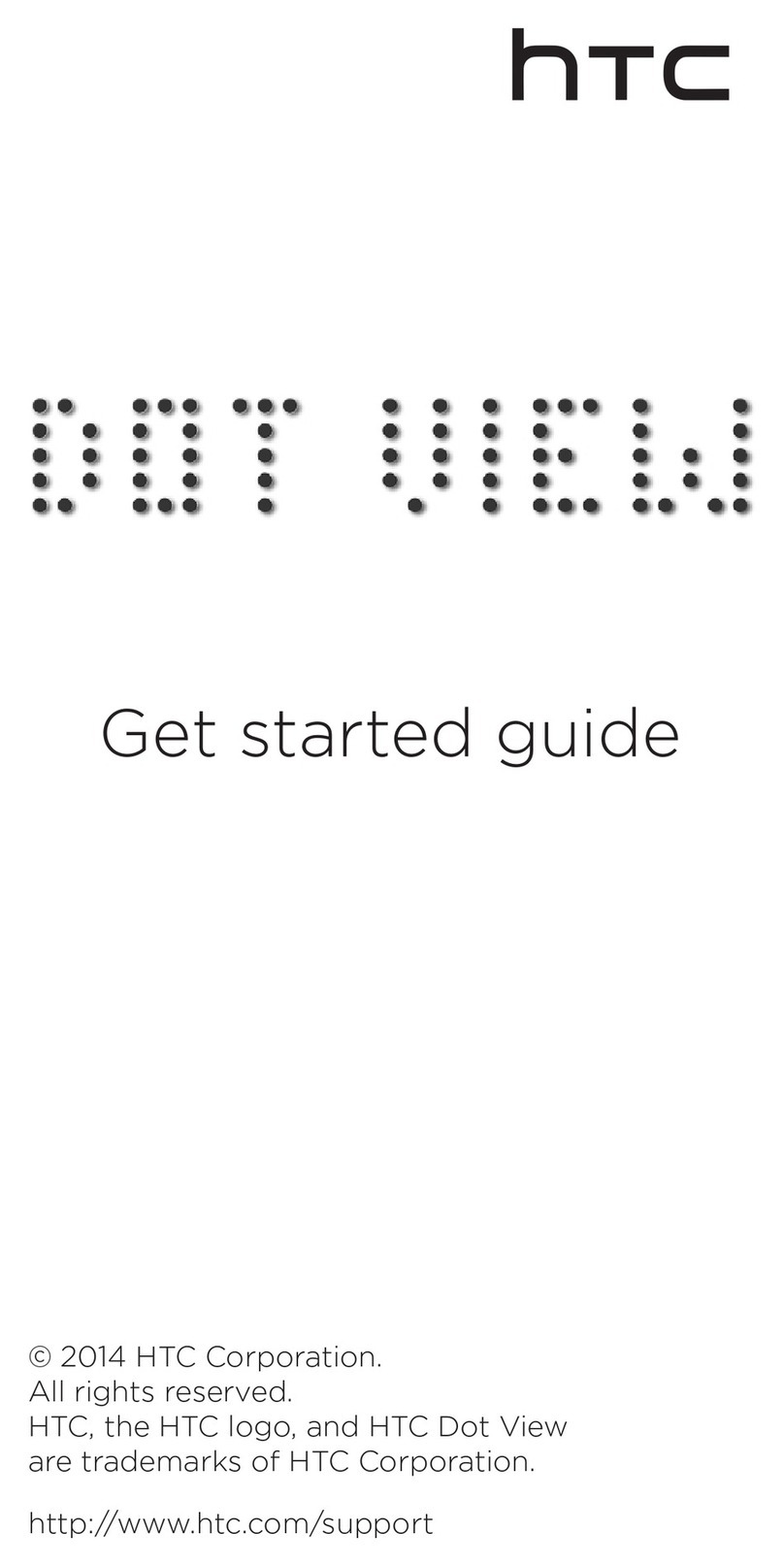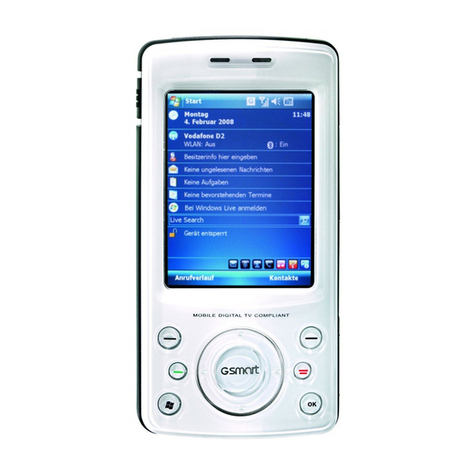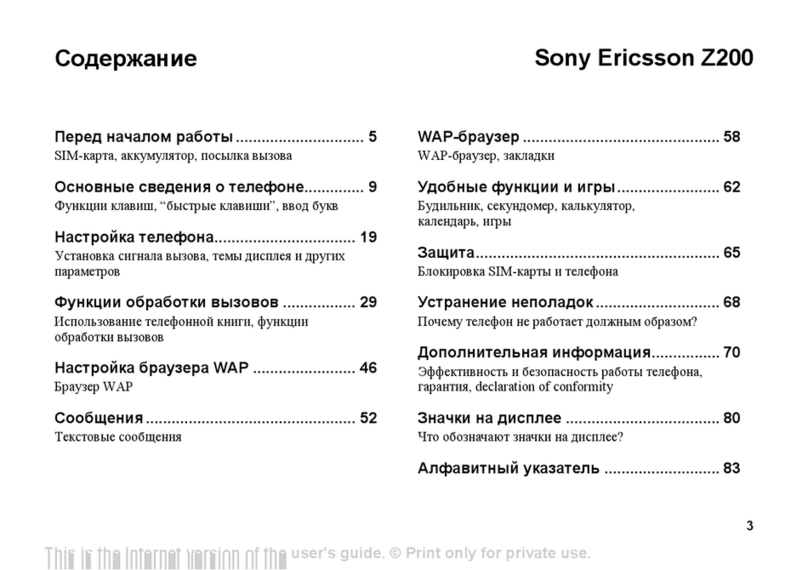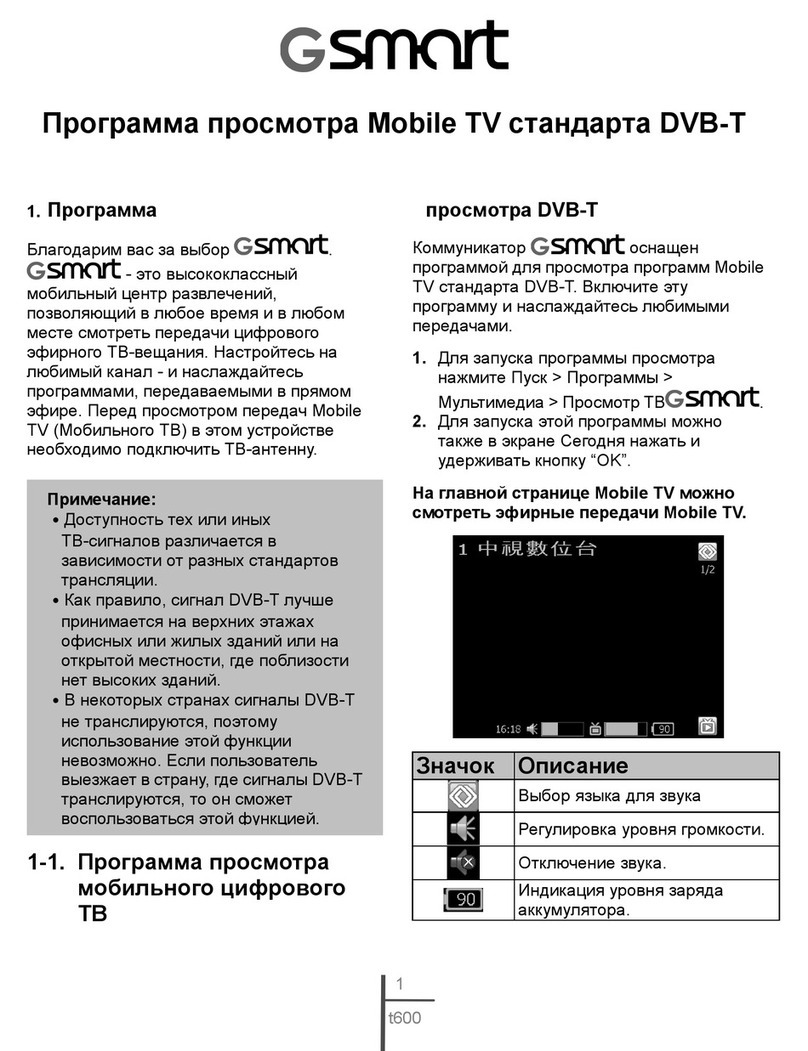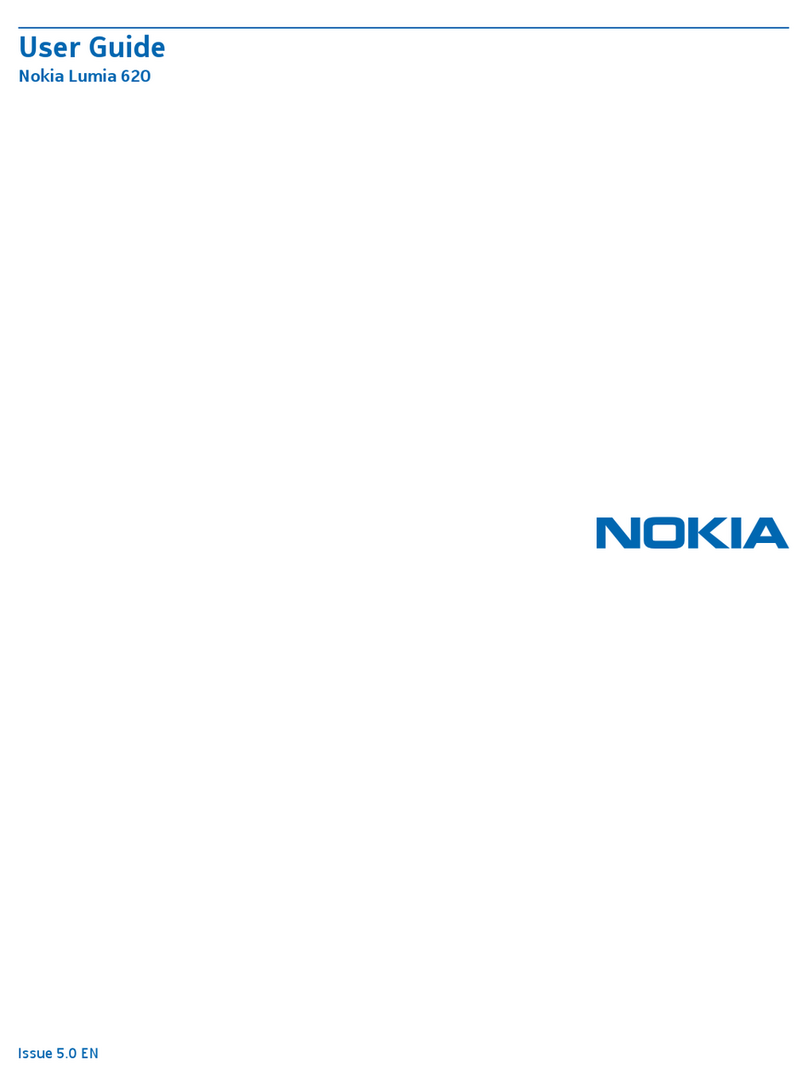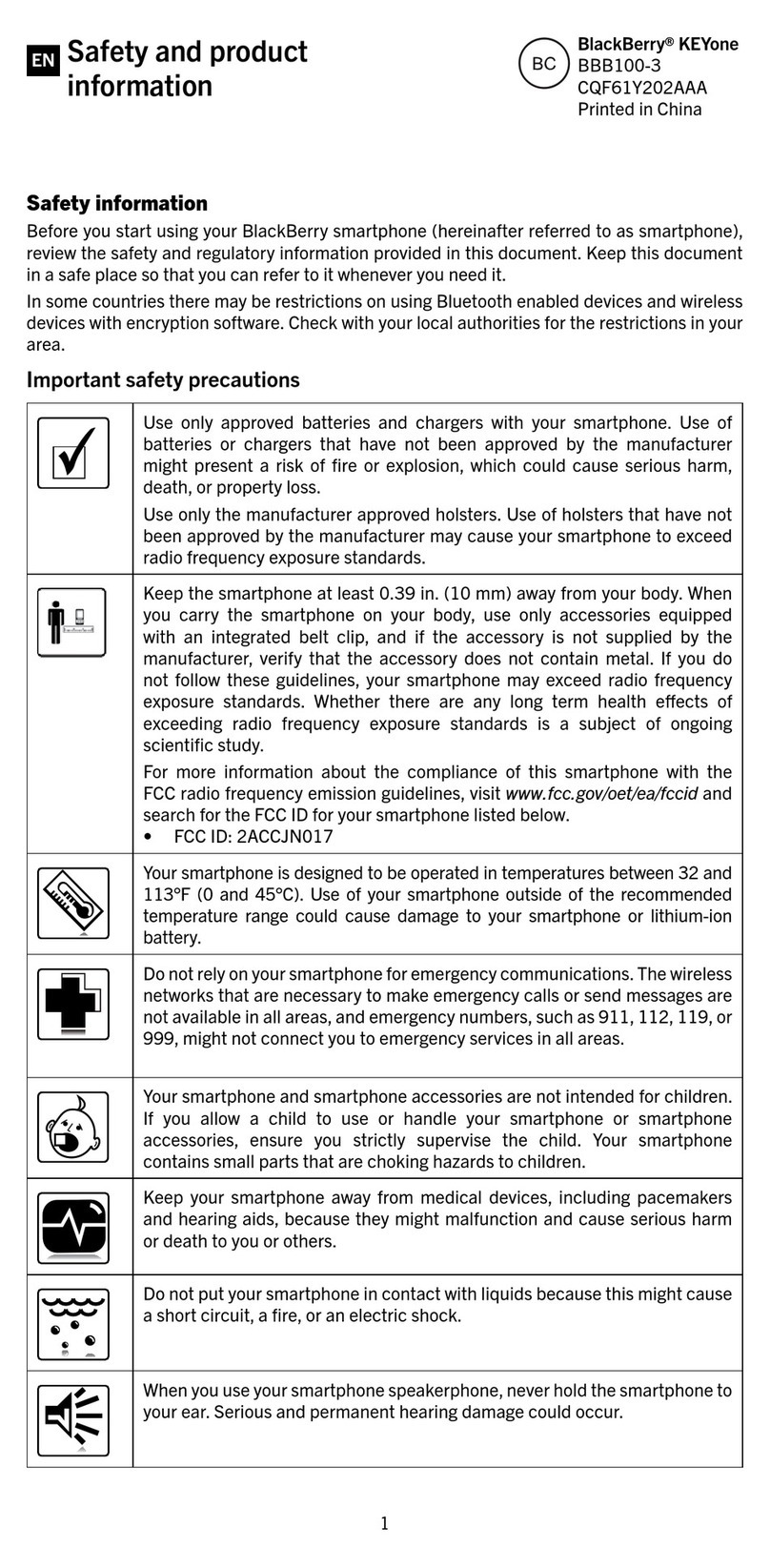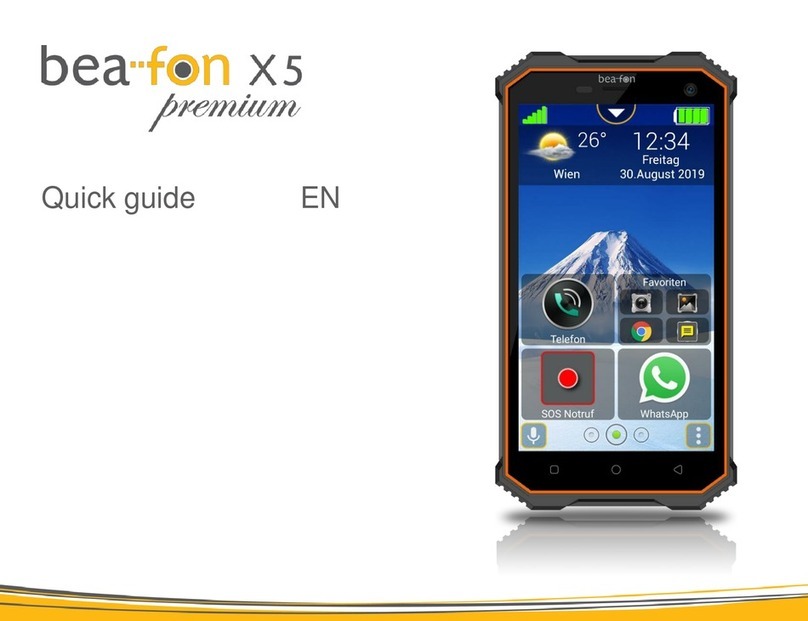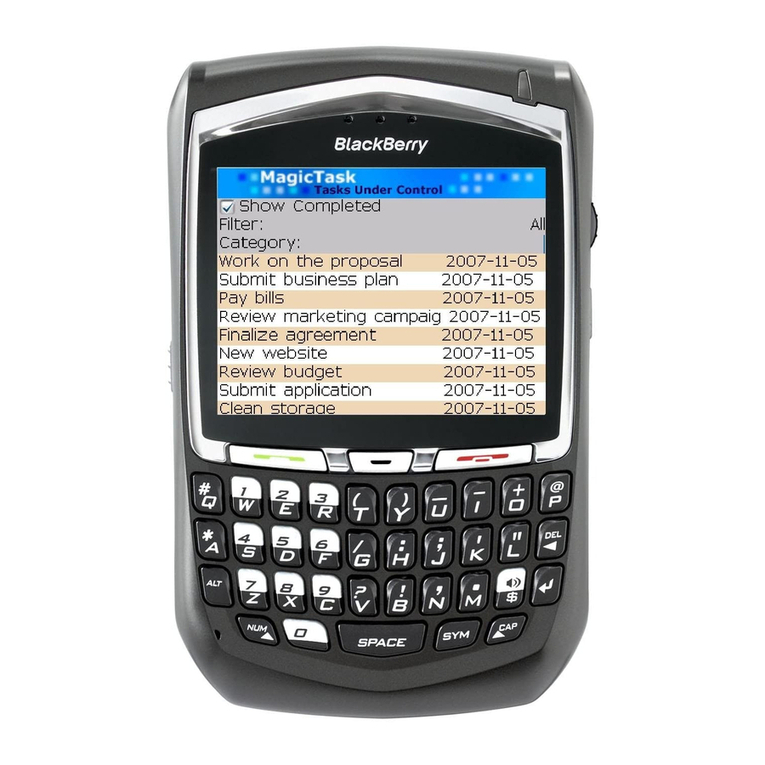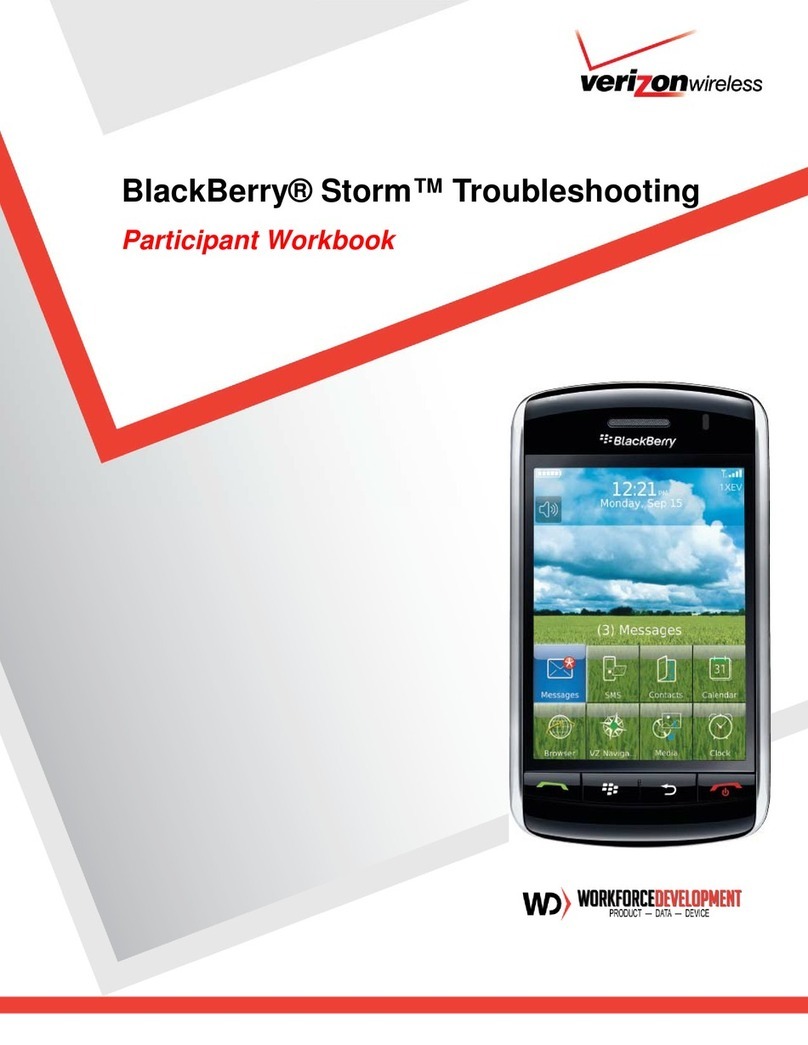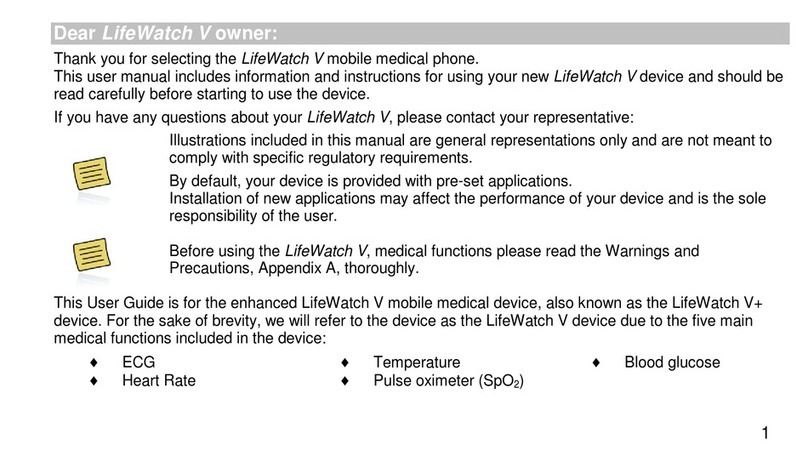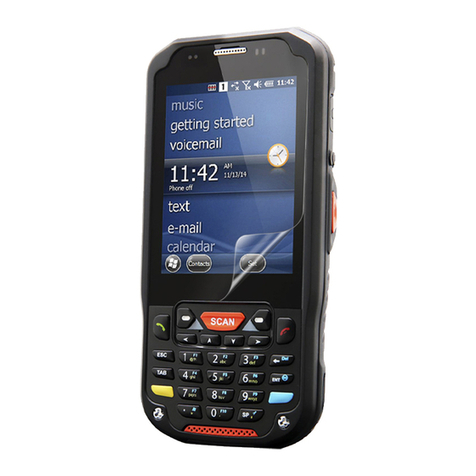
18 Manufacturer's Warranty Manufacturer's Warranty 19
fax number and complete description of the problem,
transportation prepaid.
Please follow the steps at www.htc.com/us/
support or return to the place of purchase for repair or
replacement processing. In addition, for reference to
an authorized Warranty station in your area, you may
telephone in the United States: +1(866) 449-8358.
THE EXTENT OF THE COMPANY’S LIABILITY UNDER
THIS WARRANTY IS LIMITED TO THE REPAIR OR
REPLACEMENT PROVIDED ABOVE AND, IN NO
EVENT, SHALL THE COMPANY’S LAIBILITY EXCEED
THE PURCHASE PRICE PAID BY PURCHASER FOR
THE PRODUCT.
ANY IMPLIED WARRANTIES, INCLUDING ANY IMPLIED
WARRANTY OF MERCHANTABILITY OR FITNESS
FOR A PARTICULAR PURPOSE, SHALL BE LIMITED TO
THE DURATION OF THIS WRITTEN WARRANTY. ANY
ACTION FOR BREACH OF ANY WARRANTY MUST
BE BROUGHT WITHIN A PERIOD OF 18 MONTHS
FROM DATE OF ORIGINAL PURCHASE. IN NO CASE
SHALL THE COMPANY BE LIABLE FOR AN SPECIAL
CONSEQUENTIAL OR INCIDENTAL DAMAGES FOR
BREACH OF THIS OR ANY OTHER WARRANTY,
EXPRESS OR IMPLIED, WHATSOEVER. THE
COMPANY SHALL NOT BE LIABLE FOR THE DELAY IN
RENDERING SERVICE UNDER THIS WARRANTY OR
LOSS OF USE DURING THE TIME THE PRODUCT IS
BEING REPAIRED OR REPLACED.
No person or representative is authorized to assume for
the Company any liability other than expressed herein
in connection with the sale of this product.
Some states or provinces do not allow limitations on
how long an implied warranty lasts or the exclusion or
limitation of incidental or consequential damage so the
above limitation or exclusions may not apply to you.
This Warranty gives you specific legal rights, and you
may also have other rights, which vary from state to
state.
IN USA AND CANADA: Please go to
www.htc.com/us/support
(c) Damage from exposure to moisture, humidity,
excessive temperatures or extreme environmental
conditions;
(d) Damage resulting from connection to, or use
of any accessory or other product not approved or
authorized by the Company;
(e) Defects in appearance, cosmetic, decorative or
structural items such as framing and nonoperative
parts;
(f) Product damaged from external causes such as
fire, flooding, dirt, sand, weather conditions, battery
leakage, blown fuse, theft or improper usage of any
electrical source.
The Company disclaims liability for removal or
reinstallation of the product, for geographic coverage,
for inadequate signal reception by the antenna or for
communications range or operation of the cellular
system as a whole.
Before sending your wireless device to HTC
Corporation for repair or service, please note that any
personal data or software stored on the device may be
inadvertently erased or altered. Therefore, we strongly
recommend you make a back up copy of all data and
software contained on your device before submitting it
for repair or service.
This includes all contact lists, downloads (i.e., third-
party software applications, ring tones, games and
graphics) and any other data added to your device.
In addition, if your wireless device utilizes a Multimedia
card, please remove the card before submitting the
device and store for later use when your device is
returned, HTC Corporation is not responsible for and
does not guarantee restoration of any third-party
software, personal information or memory data
contained in, stored on, or integrated with any wireless
device, whether under warranty or not, returned to HTC
Corporation for repair or service.
To obtain repairs or replacement within the terms of
this Warranty, the product should be delivered with
proof of Warranty coverage (e.g., dated bill of sale), the
consumer’s return address, daytime phone number or
